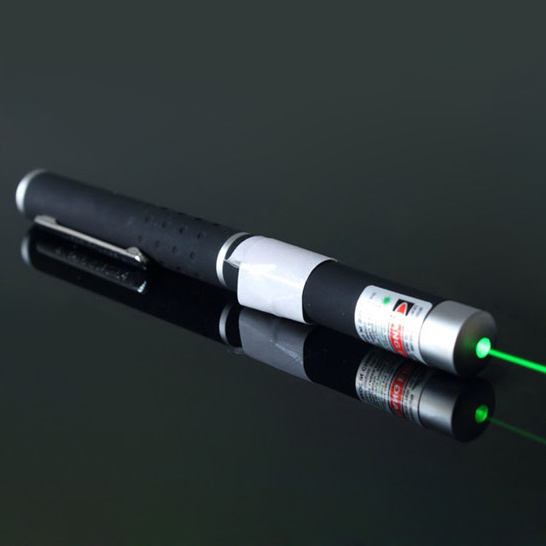In the process of promoting the rapid development of the optoelectronic industry in the future, the combination of laser pointer technology and other technical application fields has the following aspects: Laser chemistry: The traditional chemical process is generally to mix the reactants together, and then often need to heat (or add Pressure).
The disadvantage of heating is that the molecules produce irregular motions due to increased energy. This motion destroys the original chemical bonds and combines them into new bonds. The bonds destroyed or generated by these irregular motions will hinder the expected chemical reactions.
However, if lasers are used to direct chemical reactions, not only can the above irregular movements be overcome, but also greater benefits can be obtained. This is because the laser carries highly concentrated and uniform energy, which can be precisely hit on the molecular bonds. For example, using ultraviolet lasers of different wavelengths to hit hydrogen sulfide and other molecules to change the phase difference between the two laser beams, it can be controlled. The breaking process of the molecule.
The method of changing the laser pulse waveform can also be used to accurately and effectively hit the energy on the molecule to trigger a certain expected response. The application of green laser pointer chemistry is very extensive. The pharmaceutical industry is the first area to benefit. The application of laser chemistry technology can not only accelerate the synthesis of drugs.
In addition, unwanted by-products can be eliminated, making certain drugs safer and more reliable, and the price can be reduced. For another example, the use of lasers to control semiconductors can improve new optical switches, thereby improving computers and communication systems. Although laser chemistry is still in its infancy, its prospects are very bright.
